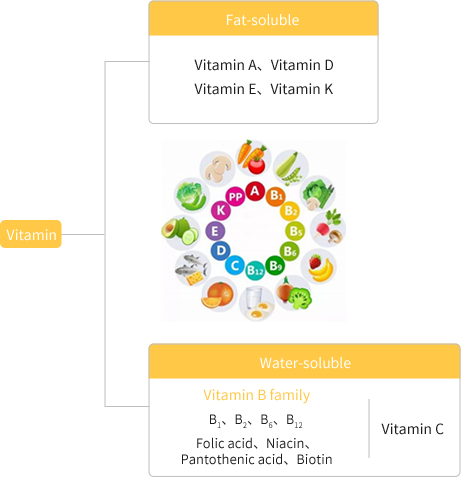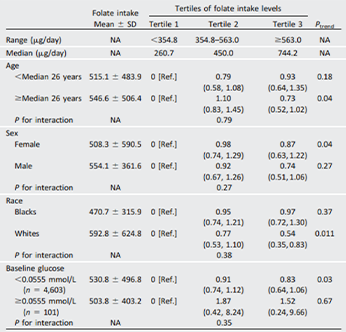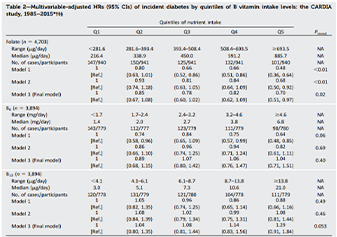
Quantitative Analysis of Vitamins
Quantitative Analysis of Energy Metabolism
Quantitative Analysis of Short-Chain Fatty Acids
Quantitative Analysis of Fatty Acids
Quantitative Analysis of Bile Acids
uantitative Analysis of Trimethylamine Oxide and Related Metabolites
Quantitative Analysis of Amino Acids
Quantitative Analysis of Neurotransmitters
Quantitative Analysis of Organic Acids
Quantitative Analysis of Flavonoids
Quantitative Analysis of Carbohydrates
Quantitative Analysis of Plant Hormones
Quantitative Analysis of Carotenoids
Quantitative Analysis of Tannins
Quantitative Analysis of Phenolic Acids
Quantitative Analysis of Anthocyanins
Vitamins are a kind of organic substances that humans and animals must obtain from food in order to maintain normal physiological functions, and play an important role in the process of human growth, metabolism and development. The vitamin nerve body neither participates in the formation of human cells nor provides energy for the human body. According to their chemical structure and water solubility vitamins are divided into two categories: water-soluble vitamins and fat-soluble vitamins.

Journal: Diabetes Care Impact factor: 16.019 Published date: July, 2020 Published by: Texas State University
To prospectively examine intakes of folate, vitamin B6, and vitamin B12 in relation to diabetes incidence
A total of 4,704 American adults aged 18–30 years and without diabetes were enrolled in 1985–1986 and monitored until 2015–2016 in the Coronary Artery Risk Development in Young Adults (CARDIA) study. Dietary assessment was conducted by a validated dietary-history questionnaire at baseline, in 1992–1993, and in 2005–2006. The cumulative average intakes of folate, vitamin B6, and vitamin B12 were used in the analyses. Incident diabetes was ascertained by plasma glucose levels, oral glucose tolerance tests, hemoglobin A1c concentrations, and/or antidiabetic medications.
During 30 years of follow-up, 655 incident cases of diabetes occurred.Intake of folate was inversely associated with diabetes incidence after adjustment for potential confounders. Higher folate intake was also associated with lower plasma homocysteine and insulin.


Intake of folate in young adulthood was inversely associated with diabetes incidence in midlife among Americans. The observed association may be partially explained by mechanisms related to homocysteine level, insulin sensitivity, and systemic inflammation.
Jiang Nan,Gutierrez-Diaz Aimer,Mukundi Eric et al. Synergy between the anthocyanin and RDR6/SGS3/DCL4 siRNA pathways expose hidden features of Arabidopsis carbon metabolism.[J] .Nat Commun, 2020, 11: 2456
 © Copyright 2015-2022 Suzhou PANOMIX Biomedical Tech Co.,Ltd
© Copyright 2015-2022 Suzhou PANOMIX Biomedical Tech Co.,Ltd